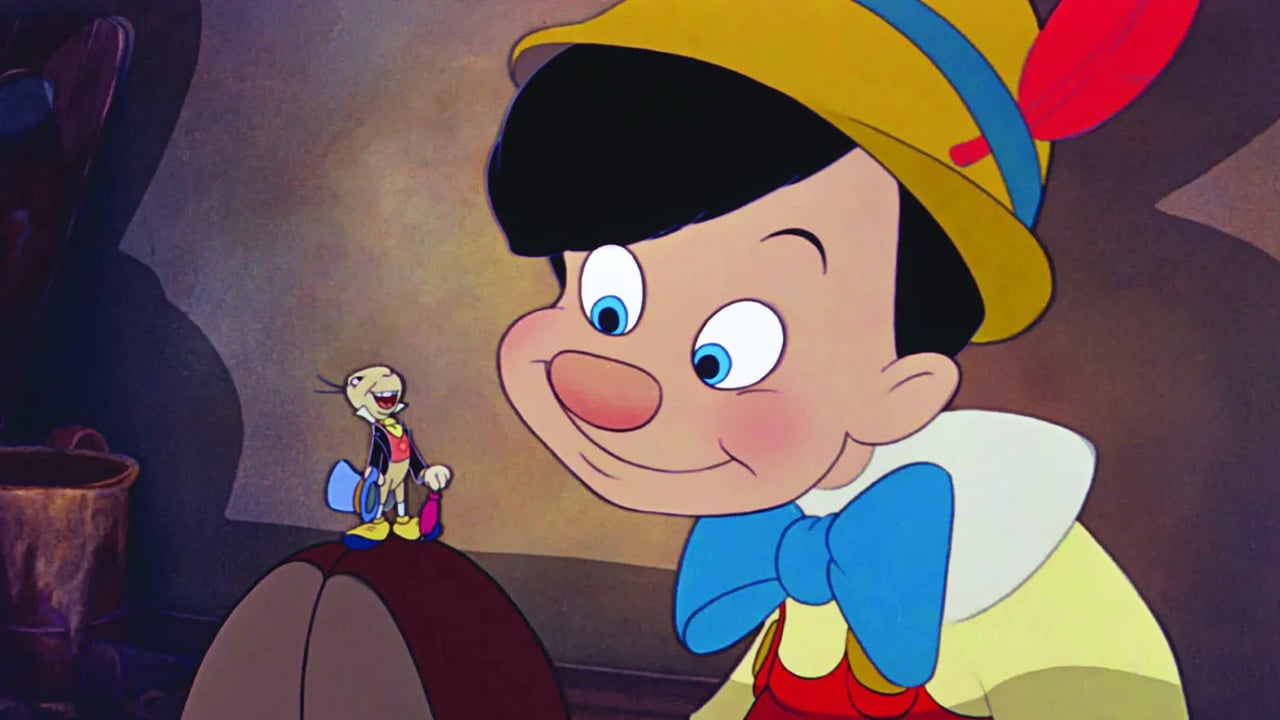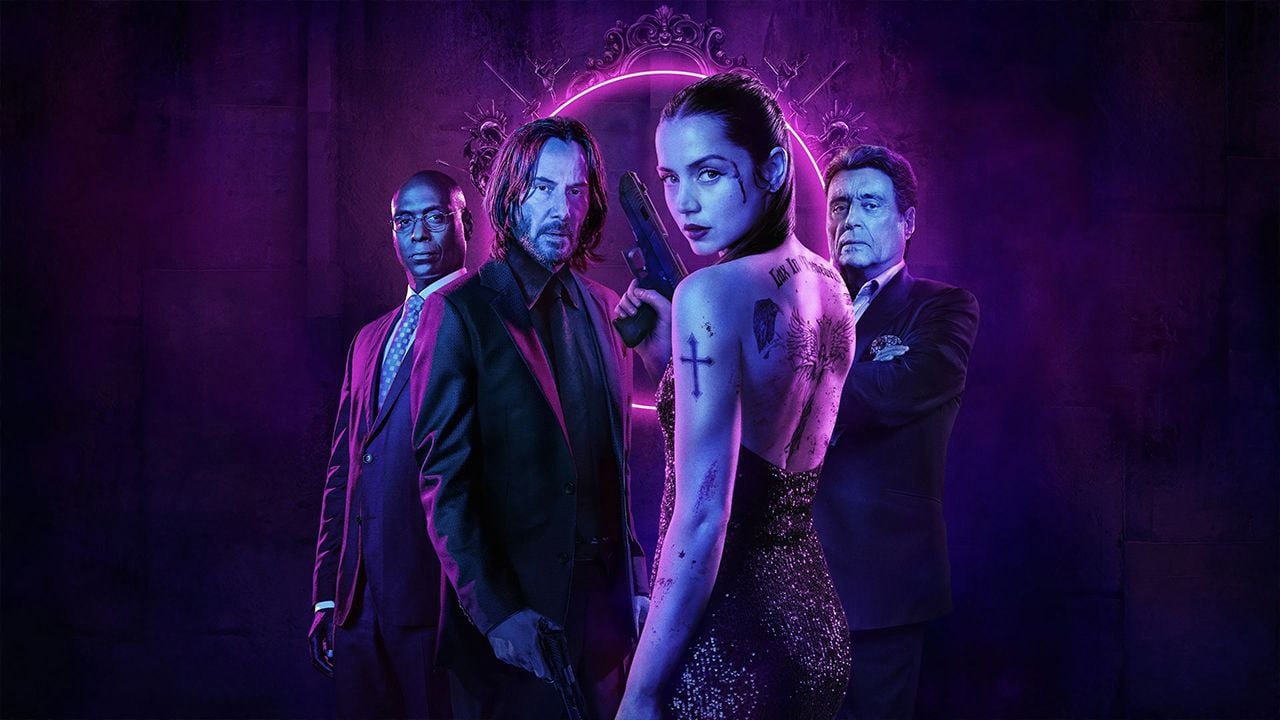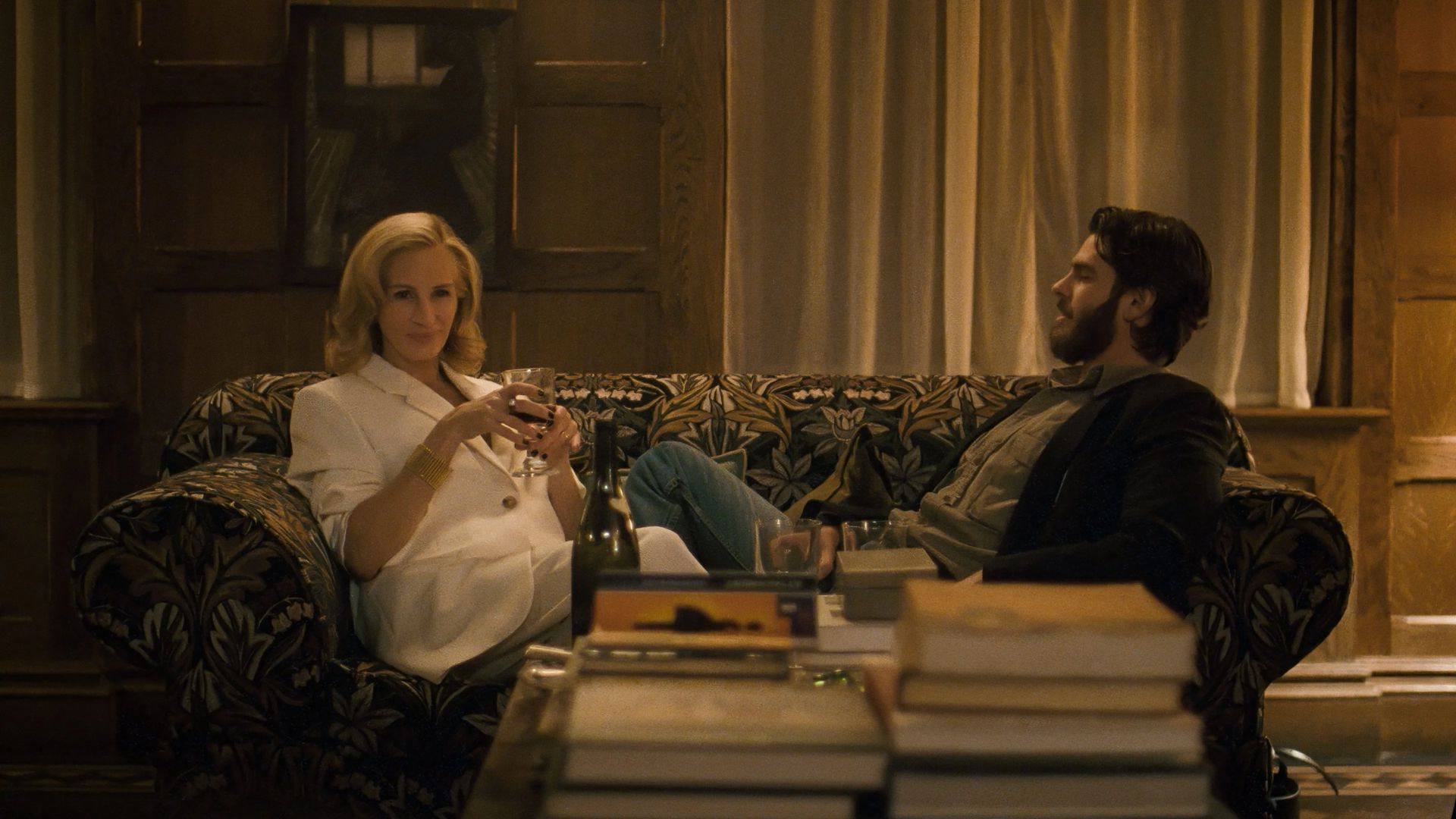As “Pinocchio” returns in a live-action version directed by Robert Zemeckis on Disney+, take a look at Carlo Collodi’s dark and depressing tale.
The tale of Pinocchio has been adapted to the screens many times and in several forms. There is a more famous version, by Walt Disney, released in 1940. Other films are aimed at children, for example, directed by Roberto Benini. There are also much darker re-readings. The latest, directed by Matteo Garone, dates from 2020.
It is even possible to find horror movies like Pinocchio’s Revenge. The Z series isn’t really great, but it’s crazy enough to pique curiosity. Oddly enough, these more macabre visions of the Italian fairy tale are the closest to the original story.
Far wiser boy
Pinocchio is based on a story called The Adventures of Pinocchio, a masterpiece of children’s literature, written by Carlo Collodi and published in 1881-1882 as a serial in an Italian newspaper. In this Italian literary work, one of the country’s best sellers of the 20th century, we meet the movie trio, namely the doll, Geppetto and Jiminy Cricket, who have a much smaller role than in the Disney film. and appears only in Chapter 4.
In the fairy tale, Pinocchio is a terrible rascal who always does what he wants, constantly lies and disobeys his elders. Worse, he doesn’t seem to learn or retain any lessons from his misfortune. He ignores Jiminy Cricket, to the point of throwing a hammer at him, which destroys him. Radical.
Later, during the trip, he accidentally burns his feet: “As he no longer had the strength to stand up, Pinocchio sat down on a small chair and put his two feet on the stove to dry. He finally fell asleep and lay in his sleep by the wooden legs. Slowly, very slowly, they turned black and turned to ashes.”
Geppetto may lovingly build him new legs, but Pinocchio runs away from home just as dry. Poor Geppetto finds himself arrested and imprisoned after Pinocchio claims that the old man mistreated him…
A very violent ending
Another important change: the character of Monstro, described in the tale as a kind of huge white shark, called “Attila of fish and fishermen”. In the Disney version, it’s a huge right whale that stares down Moby Dick. Also a way for Disney to nod to the famous Jonah whale that appears in the Old Testament writings.
We also find Jiminy Cricket later in the story, this time as a ghost who tries (again!) to dissuade Pinocchio from following the advice of shady individuals who claim that planting gold coins in the ground can make a golden tree grow… Of course, the insufferable doll doesn’t care, Before hanging these evil individuals:
“They chased him and finally caught him. Then they tied a rope around his neck, hung him on a tree and said: “When we come back tomorrow, you will be dead and your mouth will be open, and that’s when we will take the pieces of gold that you have hidden. under your tongue.'”
Originally, this ending, of insane darkness, was supposed to be the end of Carlo Collodi’s story. But the editor of the newspaper in which the tale was published frowned and asked the author to revise his copy by changing the ending, which he wanted to be lighter and more optimistic. Hence the idea of the blue fairy saving the doll from certain death.
Source: allocine
Emily Jhon is a product and service reviewer at Gossipify, known for her honest evaluations and thorough analysis. With a background in marketing and consumer research, she offers valuable insights to readers. She has been writing for Gossipify for several years and has a degree in Marketing and Consumer Research from the University of Oxford.



-to4mi28diwq8.jpg)



